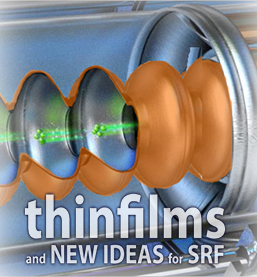Speaker
Description
Coating low beta accelerating structures has been shown [1,2,3] to be challenging, first because the standard coating technique that is Direct Current Magnetron Sputtering leads to more porous layers as the cavities’ beta factor decreases. A second issue is the non-uniform thickness distribution resulting in a film that can be six times thicker at the iris than at the equator. This can lead to local peel-off and requires a time-consuming coating process due to the minimum thickness required at the equator to properly screen the electromagnetic field.
To address both problems we first discuss the possibility to tune the metallic ions spatial distribution by acting on the magnetic profile leading eventually to a tuning of the coating profile.
In a second time, we present the technical solution to tune the magnetic configuration in a cylindrical geometry supported by numerical simulation of both the magnetic assemblies and plasma discharge.
Finally, we report the effect of magnetic balance degree, substrate bias and total magnetic strength on the niobium thickness profile obtained in low beta accelerating cavities.
[1]: D. Tonini, C. Greggio, G. Keppel, F. Laviano, M. Musiani, G. Torzo and V. Palmieri,11th Workshop on RF superconductivity, Lübeck/Travemünder, 2003.
[2]: S. Calatroni, Physica C: Superconductivity, vol. 441, pp. 95-101, 2006.
[5]: C. Benvenuti, D. Boussard, S. Calatroni, E. Chiaveri and J. Tuckmantel, 8th Workshop on RF superconductivity, Abano Terme, 1997.

